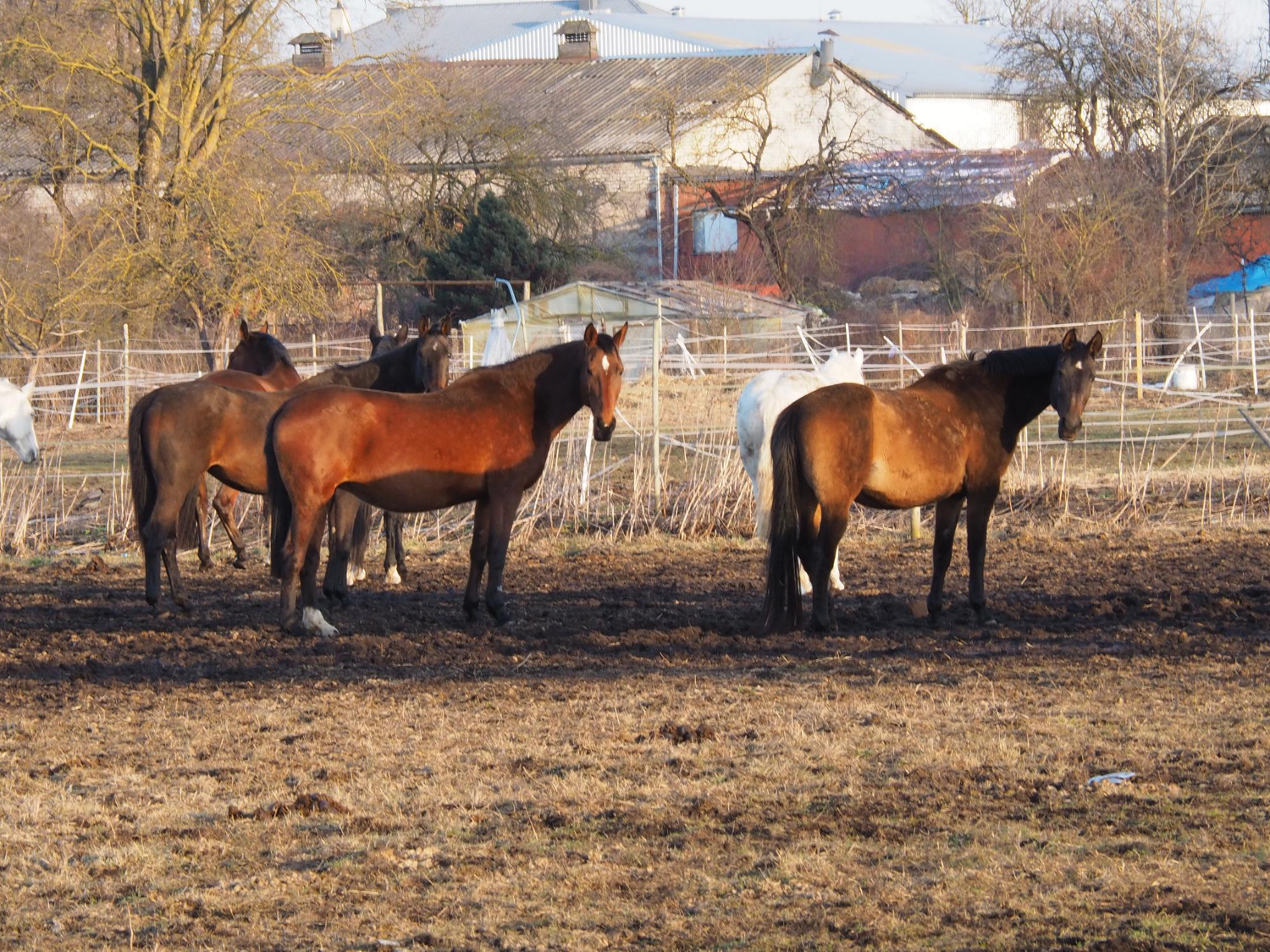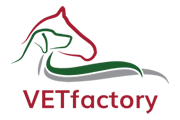Gout in horses - symptoms, treatment and how to prevent it

Gout in horses is a fairly common, but also very contagious disease. It is a bacterial infection caused by the Streptococcus equi subsp. equi, which fortunately can be prevented, but if it already appears in the herd, it can cause considerable problems. The disease most often affects young horses, but older ones can also contract it. Although goiters are sometimes fatal in rare cases, in most cases they can be cured, if only we react quickly enough. How to recognize the first symptoms, how to treat sick animals and what to do to prevent the spread of the disease in the herd? In this article you will find all the necessary information on the symptoms, treatment, as well as prevention associated with this disease.
What are the symptoms of goiters in horses?
Zolzes usually begin to make themselves known a few days after infection. The first symptom to watch out for is fever - a horse's temperature can rise to 39-41°C, and this, combined with weakness and lack of appetite, should raise concern. If your horse has had contact with new individuals in the herd, it is essential to be vigilant. Another symptom that can point to goiters is coughing and a purulent, thick nasal discharge that is often yellowish or greenish in color.As the disease progresses, swelling may appear in the jaw and throat areas, and lymph nodes will begin to be painful and enlarge. This leads to difficulty swallowing and breathing. In the most advanced cases, abscesses may develop in the lymph nodes, which eventually rupture and release purulent contents. Although it may look alarming, once the abscesses burst, the horse usually begins to recover, but still requires ongoing veterinary care for some time.
After what time do the symptoms of goiter appear?
Symptoms of goitre in horses usually appear within 3-14 days of infection. The first sign to look out for is fever. A runny nose and swollen lymph nodes may soon follow. Abscesses in nodes begin to mature in 7-14 days. During this time, it is important to provide the sick horse with proper veterinary care and isolation from other animals to prevent the spread of infection.
Are the baddies contagious? How can you get infected?
Zolosis is an extremely contagious disease because the bacteria Streptococcus equi easily transferred between horses. Infection can spread quickly in a herd, especially where horses have frequent contact. Infection occurs not only through direct contact with a sick horse - for example, through saliva, nasal secretions or pus from bursting abscesses - but also indirectly, through equipment used by infected animals, such as halters, buckets or brushes. Bacteria can also be transmitted through people who do not wash their hands after contact with sick horses, or do not change their clothes.What's more, goiters can lead to serious complications, such as pneumonia, abscesses in the lungs and, in rare cases, even sepsis. Although this is rare, it shows how important it is to quickly treat and isolate sick horses. Sometimes the bacteria can pass into the bloodstream, leading to what is known as a "blood borer. "sundowners", which cause abscesses in internal organs. Even after horses are treated, the bacteria can remain in the bodies of animals, which become chronic carriers even though they no longer show signs of disease.
Are all horses vulnerable to weevils?
Yes, not all horses are equally susceptible to weevils. Young horses are most susceptible, especially those under 5. year of age, including foals that have not previously come into contact with the bacterium. There is also a high risk of infection among horses that live in large herds or are frequently transported long distances, especially when they participate in competitions. In addition, the weakened immunity of horses, which is caused, for example, by stress, inadequate diet or other diseases, increases the risk of contracting goiter.
How does the treatment of goiter proceed?
The treatment of geldings in horses is a process that requires patience and consistency. It is very important to quickly recognize the symptoms and immediately isolate the sick horse from the rest of the herd to minimize the risk of infecting other animals. Isolation should take place in a clean, well-ventilated room, which will help the horse focus on fighting the infection.Basically, the treatment of goiters is symptomatic - it's mainly about helping the horse's body fight the disease. In most cases, horses do not need antibiotics because their bodies can handle the infection on their own. Antibiotics are used only for serious infections or when there is a risk of complications, such as pneumonia or sepsis. However, it is worth remembering that too early administration of antibiotics can inhibit the maturation of abscesses, which will slow down the healing process.If abscesses develop in the horses' bodies, warm compresses are used to speed up their maturation and rupture. After the abscess ruptures, it is important to clean the wound daily and use appropriate antiseptics to avoid secondary infections.In addition to direct treatment, it is important to provide the horse with appropriate conditions for recovery. Take care of its hydration and a diet rich in vitamins that support the immune system. Vitamin C and zinc supplementation also speeds up the recovery process.
How to prevent geldings in horses?
Preventing goiters in horses is important to keep the entire herd healthy and minimize the risk of infection. What measures are worth taking to reduce the risk of infection? Here are a few methods that will help you effectively prevent baddies.Hygiene and bioassurance are the basic elements of prevention. Regular disinfection of stables, equipment, drinkers, halters, buckets and brushes is essential to prevent the spread of bacteria. Each horse should have its own accessories that will not be shared with other animals. Newly arrived horses are advisable to undergo mandatory quarantine for a minimum of 3 weeks to avoid the risk of transmitting infection to the rest of the herd.Isolating sick horses is absolutely essential. Horses that show any signs of illness should not participate in transport, competition or training, so as not to endanger other animals. It's important to react quickly to the first symptoms and not expose other horses to infection.Although vaccines against Streptococcus equi are available, they do not provide full protection. However, they are recommended for use in studs where the risk of infection is higher, especially in large groups of horses that have frequent contact with each other. Vaccination can significantly reduce the likelihood of infection and help maintain herd health.
Conclusions and practical advice in the treatment of zolzas
Gout in horses is a disease that can have serious consequences if not diagnosed and treated early enough. Early symptoms - should be treated immediately with seriousness, and the horse should be isolated from the rest of the herd. Remember that young horses and those with weakened immunity are more likely to suffer from severe disease. The treatment of goiters consists mainly of supporting the horse's body to fight the infection and, in some cases, the use of antibiotics, especially in the case of complications. However, prevention is just as important as treatment - and that requires systematic attention to hygiene and isolation of newly arrived horses. If you follow these simple rules, you will significantly reduce your risk of getting sick. Remember - a quick response to the first signs of illness can make a huge difference in the health of your horses. Act responsibly and take care of prevention, as it is the key to the health of your flock.
